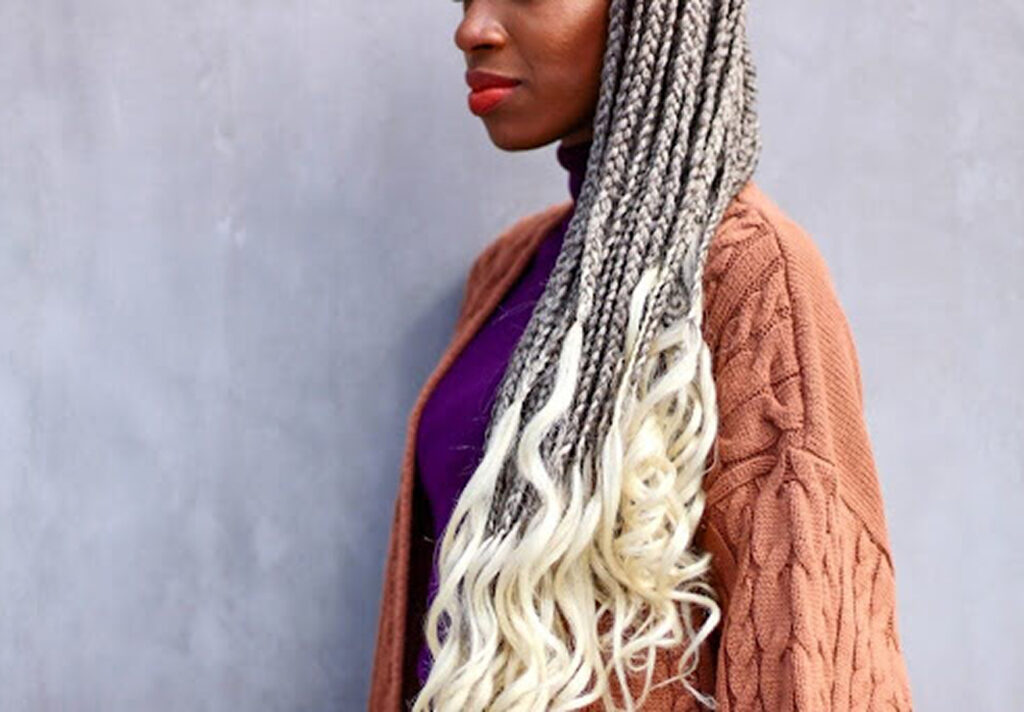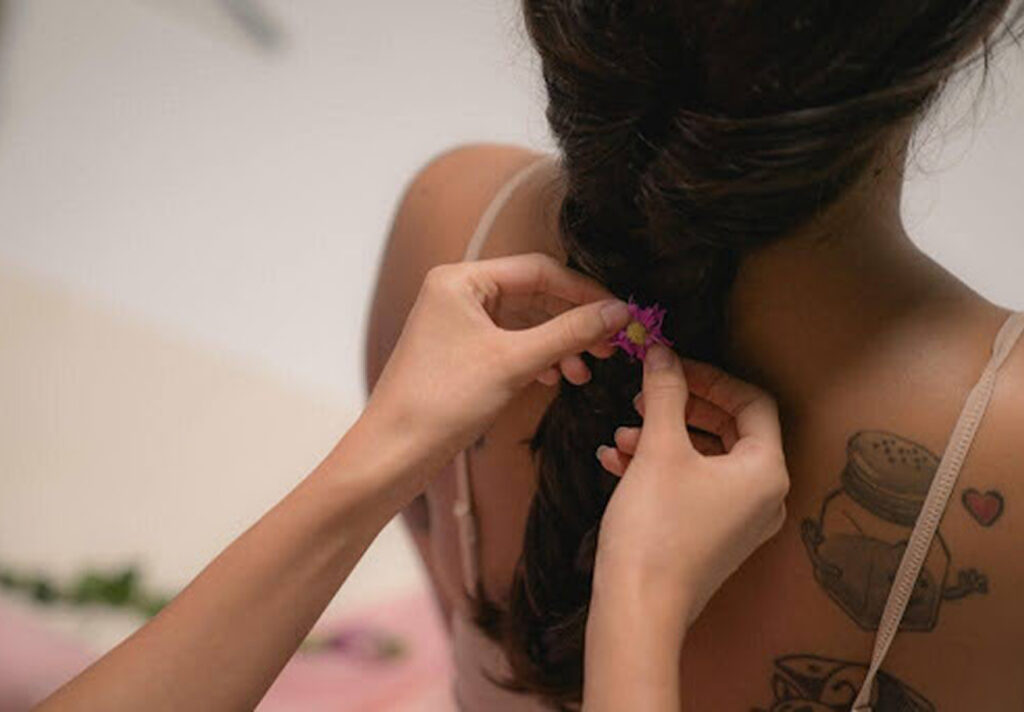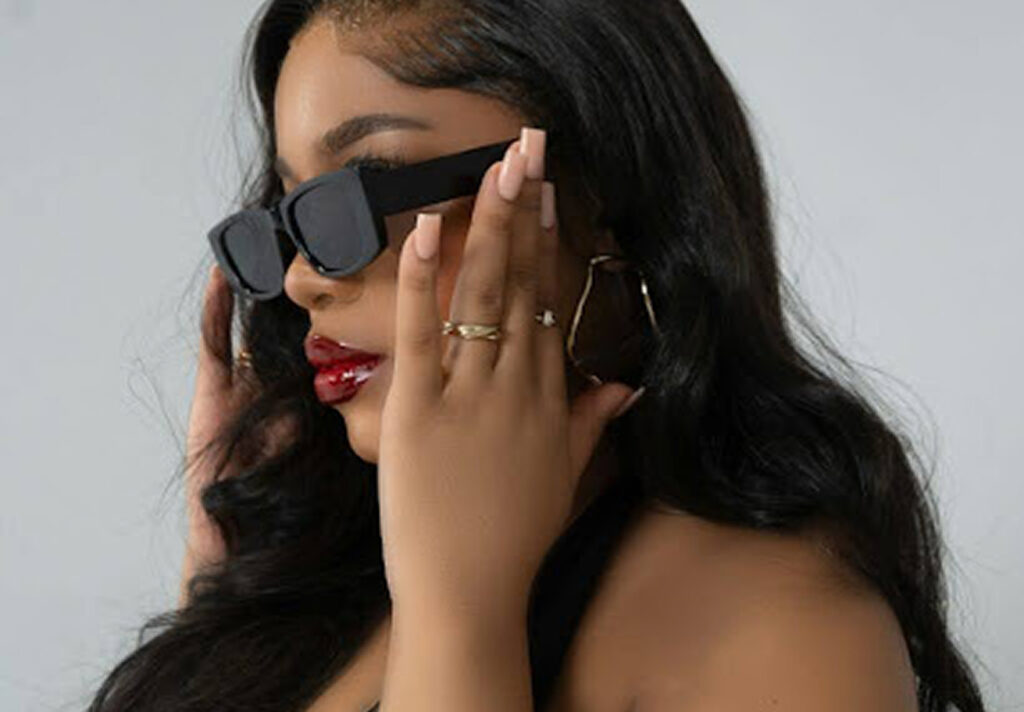Protective Hairstyles: The Ultimate Guide
- 7 Min Read
There are various ways to style textured hair. Protective hairstyling is one way to do this. The idea of these styles is to help preserve and optimise hair health. However, unfortunately, the term protective hairstyling has expanded to include hairstyles that are not so protective. Many of these styles can cause significant damage, leading to hair conditions like alopecia or scalp inflammation. To help guide you in your protective hairstyling journey, we've put together some recommended protective hairstyles and protective styles to avoid, according to a qualified dermatologist and COIL Founder, Malcolm Pyles
1. Mini Twists/ Two Strand Twists
Minitwists are two-strand twists that can vary in size. Due to the small and easy flexibility of the style, when you have them in you can style them in various ways. From putting them in a loose bun to letting them flawlessly fall on your shoulders.
This is particularly useful for textured hair with coils and curls as the twists naturally hold well. Straighter hair textures may struggle to hold the twists. Minitwists are a good protective style because they are non-manipulative twists that are not tight.

knotless braids protective style
2. Knotless Braids
Knotless braids are single braids with added extensions as the braid progresses throughout the length of the hair. They are a good alternative to traditional box braids, which use more extensions, thus being more tension-filled as the heavier weight drags on the braids. This is a good go-to protective style for textured hair
3. French Braids
A classic go-to, French braids have long been a traditional protective style for all hair types. Two jumbo braids, the style is simple and a short-term protective style

A classic go-to, French braids have long been a traditional protective style for all hair types. Two jumbo braids, the style is simple and a short-term protective style.
4. Bantu Knots
Bantu Knots have centuries worth of history behind them. Originally sourced from Africa, the style originates from the Zulu Kingdom in Southern Africa. Today, celebrities like Rihanna and Blac Chyna sport the style, adding their unique twist to it. Bantu Knots fully wrap your tresses from root to tip, making them into a small mini bun - perfect for protection.
5. Clip-In Extensions
Clip-in extensions allow you to have loose hair look without using weaves or wigs that can damage the hairline, as you can leave the front of your hair out. It allows you to be flexible with how you place extensions in your hair, and the ease of the clip-in means you can easily remove and reapply when you want.
Clip-in extensions also work for all hair types. But if you have textured hair, you may want to cornrow or braid your hair before applying the clip-in to ensure the clips are securely placed and add extra protection. If you have thin hair, you may be okay leaving your hair out and simply adding in clip-ins.
Hairstyles to avoid:
Tight Weaves— Weaves are threaded throughout your hair with string. Doing this regularly can cause hypertension on your scalp and therefore contribute to hair loss over time, especially in sensitive areas of the hair, like the hairline.
Glue Wigs - Full 360 wigs applied directly to the hairline can damage it over time, especially when using wig glue.

360 wigs hairstyle
Excessively laying edges— Laying your edges is a popular practice for hair that aims to keep the hair looking neat. However, doing this regularly can damage your hairline overtime as your baby hairs are constantly put under pressure
How to maintain protective hairstyles:
Moisturise - After shampooing and conditioning your hair, use a leave-in conditioner and moisturising products like our anti-dandruff leave-in scalp conditioner and serums whilst in a protective style. This helps prevent your tresses and scalp from getting flaky and well moisturised. Failure to do this could lead to dry, brittle hair and inevitably breakage.
Washing - When you have a long-term protective style, it's important to ensure your scalp and hair are kept as clean as possible. Non-manipulative styles like mini-twists can be gently washed with a shampoo and moisturising conditioner. Ensure you gently shampoo when in a style to try and keep it as neat as possible.
Avoid brushing - When having long-term protective styles, we often want to keep them neat by brushing them. But doing this too often and harshly can cause tension and lead to breakage, therefore unintentionally reversing the intention of the protective style.
Treat your chronic hair conditions - If you have a diagnosed hair or scalp condition, you need to give extra care to your hair when it's in a protective hairstyle. Neglecting your hair and scalp when it's in a style could lead to extra problems when you take it out afterwards. Ensuring you have hair treatment products, whilst in a protective style is essential to maintaining scalp and hair health. At COIL we offer hair and scalp prescription treatment personalized to your individual needs. Take our hair quiz to begin your journey to customized hair treatment for you.